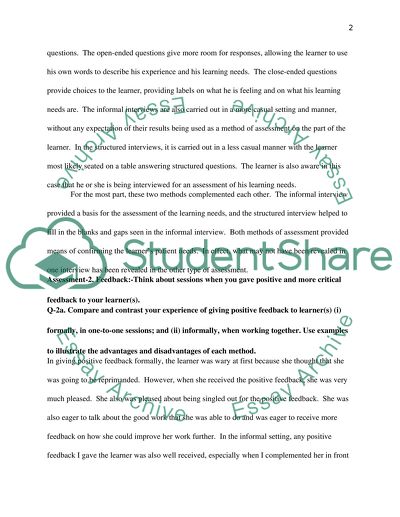Cite this document
(“Short Answer Questions Essay Example | Topics and Well Written Essays - 1500 words”, n.d.)
Retrieved from https://studentshare.org/nursing/1433518-short-answer-questions
Retrieved from https://studentshare.org/nursing/1433518-short-answer-questions
(Short Answer Questions Essay Example | Topics and Well Written Essays - 1500 Words)
https://studentshare.org/nursing/1433518-short-answer-questions.
https://studentshare.org/nursing/1433518-short-answer-questions.
“Short Answer Questions Essay Example | Topics and Well Written Essays - 1500 Words”, n.d. https://studentshare.org/nursing/1433518-short-answer-questions.


